what is gait training
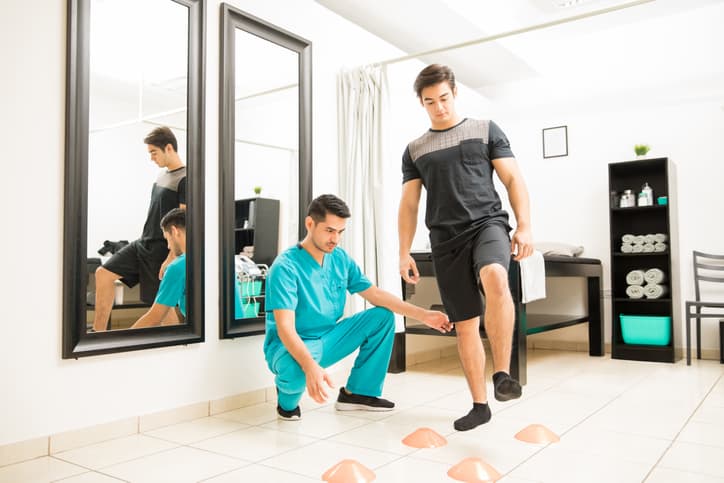 These Gait Training Exercises Will Help Boost Your Mobility | Santé Cares
These Gait Training Exercises Will Help Boost Your Mobility | Santé CaresPhysical therapy training exercises How your PT teaches you to walk properlyMohamad Hassan, PT, DPT, is a physical therapist in Premier Physical Therapy in Chicago. If you have a lower limb injury or have had surgery, you may be having a problem with walking normally. (PT) Calls "gait" walking. You include the step, landing on one foot, rolling on that foot and lifting the foot again. If you are having gambling problems, you may be referred to physical therapy for betting training. Gait training is a set of exercises that are specifically implemented by your physical therapist to help you walk better. The exercises involve improving the movement in their lower extremity unions, improving and balancing, and imitating the repetitive nature of their legs that occurs while walking. The ultimate goal of gait formation in physical therapy is to help you walk normally and safely. Common types of bet anomalies that may require gait training include: If you have had lower limb surgery or injury, you may have weakness or stiffness in your legs that prevent you from walking normally. Your balance and can be affected. Your PT can evaluate your bet and adapt an exercise program that can improve your performance. Before starting any exercise program to improve the gait, consult your doctor or physical therapist. You can make sure you are exercising properly and exercise is safe for you to do. Choose the right security device Jose Luis Pelaez Inc./ Getty Images You may need help walking immediately after your injury or lower extremity surgery. Your PT can help you choose the right one. Examples of assistive devices may include: Your PT can make sure the device is the right size for you. They can, too. Some people temporarily use their aid device; others with significant deficiencies need to use it permanently. Your therapist can help you determine when it is time to get rid of your assist device. If you are working on betting training at the PT clinic, you can use parallel bars to help you. The bars are extremely stable and allow you to use your arms to support while learning to walk again. Range of motion exercises After a minor limb injury, you may need to work on recovering and maintaining the normal range of motion (ROM) in your joints. Often after surgery, inflammation may limit the joint ROM. The range of motion may also be limited by tight muscles or structures that occur after a period of immobilization after injury or surgery. Working to recover that movement can be part of your betting training program. Exercises to improve the lower limb ROM may include: Keeping full ROM while you learn to walk again can help your joints move freely as you step on and bear weight on each leg. Strengthening of the Lower Extremity Strengthening exercise can be incorporated into your betting training program. If you have weakness in your hips, knees or ankles, this can prevent your walking safely. Exercises for your lower limbs may include: Exercises should be done slowly, and it is recommended that you use light resistance and high repetitions for lower extremity gait training exercises. Why? Because walking is a low resistance, high repetition activity. Your exercises must imitate that kind of movement. About Sam Edwards / Caiaimage / Getty Images One way to improve your gait is to accentuate the movements that occur in your legs while walking. One way to do that repetitively is to do step exercises on obstacles or small obstacles. This forces you to flex your hips up and bend your knees behind you when you walk. Obstacle Gait Training Here is how to perform gait obstacle training: Side-pass gait exercises Once the passage of the obstacle has become easy as you move on the obstacles, you can try to walk on one side. This alteration of your normal gait forward can help you move in different directions while walking. This is how to perform side bet exercises: Precautions Since the passage of the obstacle requires you to take big steps with the high knees, it requires you to spend extra time standing on a leg while you walk. This can help improve the bet, but it can also create instability as it moves forward. Therefore, make sure you are safe while doing this exercise; someone should be with you to help guide you while walking. If you are not sure of your ability to do this betting exercise, visit your local PT. They can help. Target: Step To improve coordination of the lower extremity during your gait training routine, you may want to take a step forward. To make the step of the target: This exercise helps to improve your ability to place your foot exactly where you want it while walking and has the added benefit of fostering one leg position. Retro Walking Walking backwards can be recommended by your physical therapist to help improve your gait. Benefits of walking backwards may include: Walking backwards seems to readjust your neuromuscular system, challenging your muscles and lower extremity joints in specific ways that can improve your gait. Walking forward is a walking heel movement. The retro walking is a foot-to-heel pattern. The safest way to implement retro walking in your betting training program is with a : Retro Walk must be done slowly and in control. Make sure you stay safe while walking back using the security emergency stop function on the running tape. Balance and proprioception exercises Walking requires you to spend about 40% of your standing time on one foot. One foot is on the ground while the other swings into the air. That means that the foot of a leg is an important component for safe walking. Balance and proprioception training should be a component of your betting training program. Exercises that can help improve balance and proprioception may include: To improve your balance, you have to challenge your balance. This means creating situations where you can be a bit unstable. Your body then has to correct for this instability. As you practice, your balance should be improved along with your bet. But, you must remain safe while you train balance. Make sure you can stay on something stable while you exercise balance exercises. A word from Muywell If you have a minor extremity injury that causes difficulty with safe and normal walking, you can benefit from gait formation in physical therapy. Your therapist can help you choose the right exercises and activities to improve your lower extremity movement and strength, improve your balance and help you return to normal safe walking. Physical therapy training can help you return to your normal recreational and work activities quickly and safely. Get exercise tips to make your training less work and more fun. Thank you, for signing. There was a mistake. Please try again. Balasukumaran T, Olivier B, Ntsiea MV. Clin Rehabil. 2019;33(2):171-182. doi:10.1177/0269215518801430 Elnahhas AM, Elshennawy S, Aly MG. Clin Rehabil. 2019;33(1):3-12. doi:10.1177/0269215518790053 Thank you, for signing. There was a mistake. Please try again.

The Benefits of Gait Training During Stroke Recovery | Saebo

Gait Training Exercises | NAPA
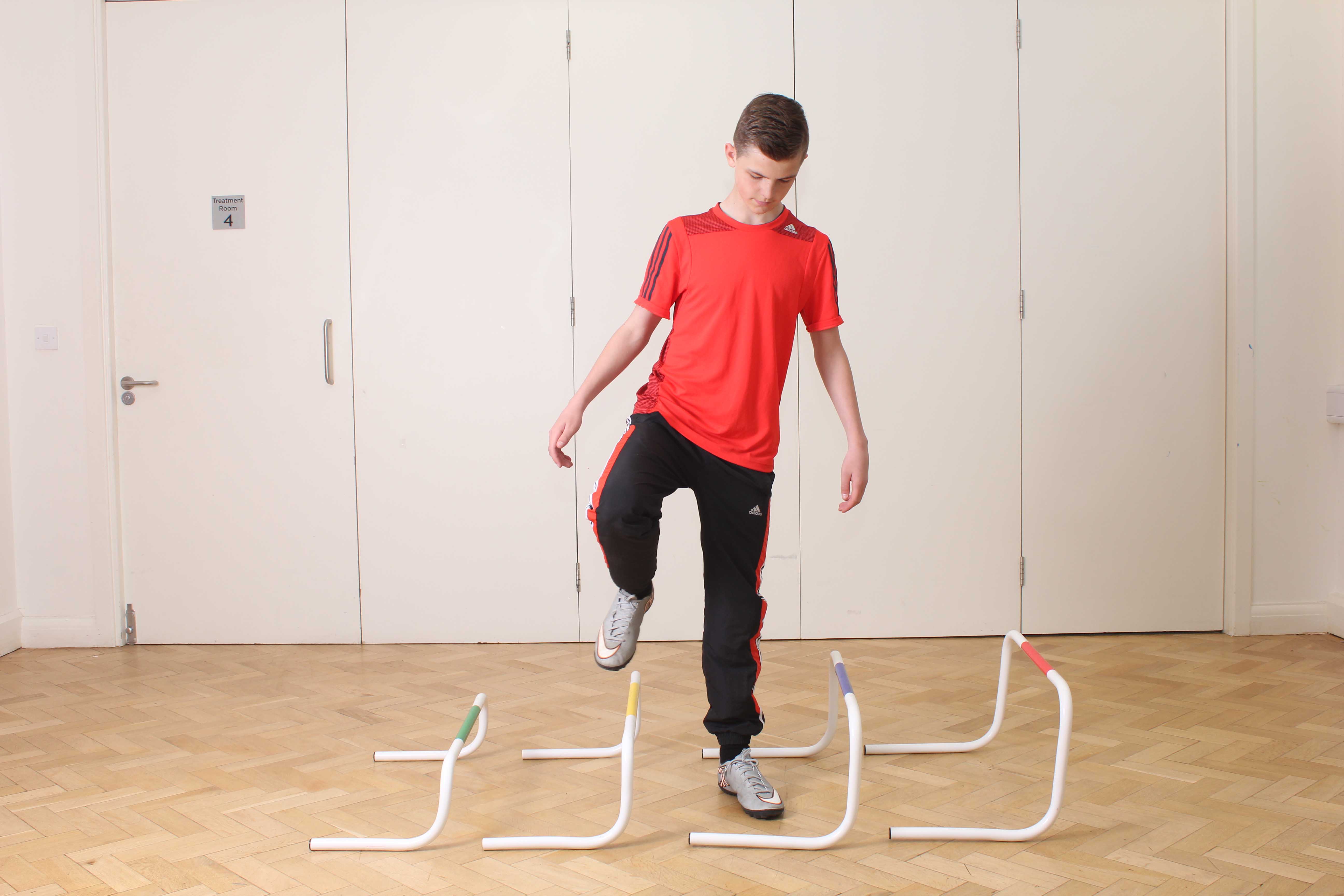
Gait Training - Paediatric Physiotherapy - Treatments - Physio.co.uk

Gait Training after Ankle, Knee or Hip Surgery - YouTube
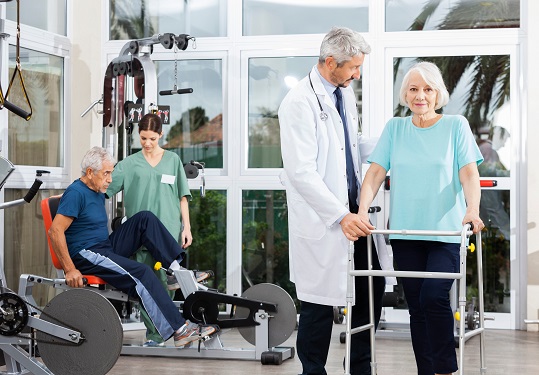
The Benefits of Gait Training
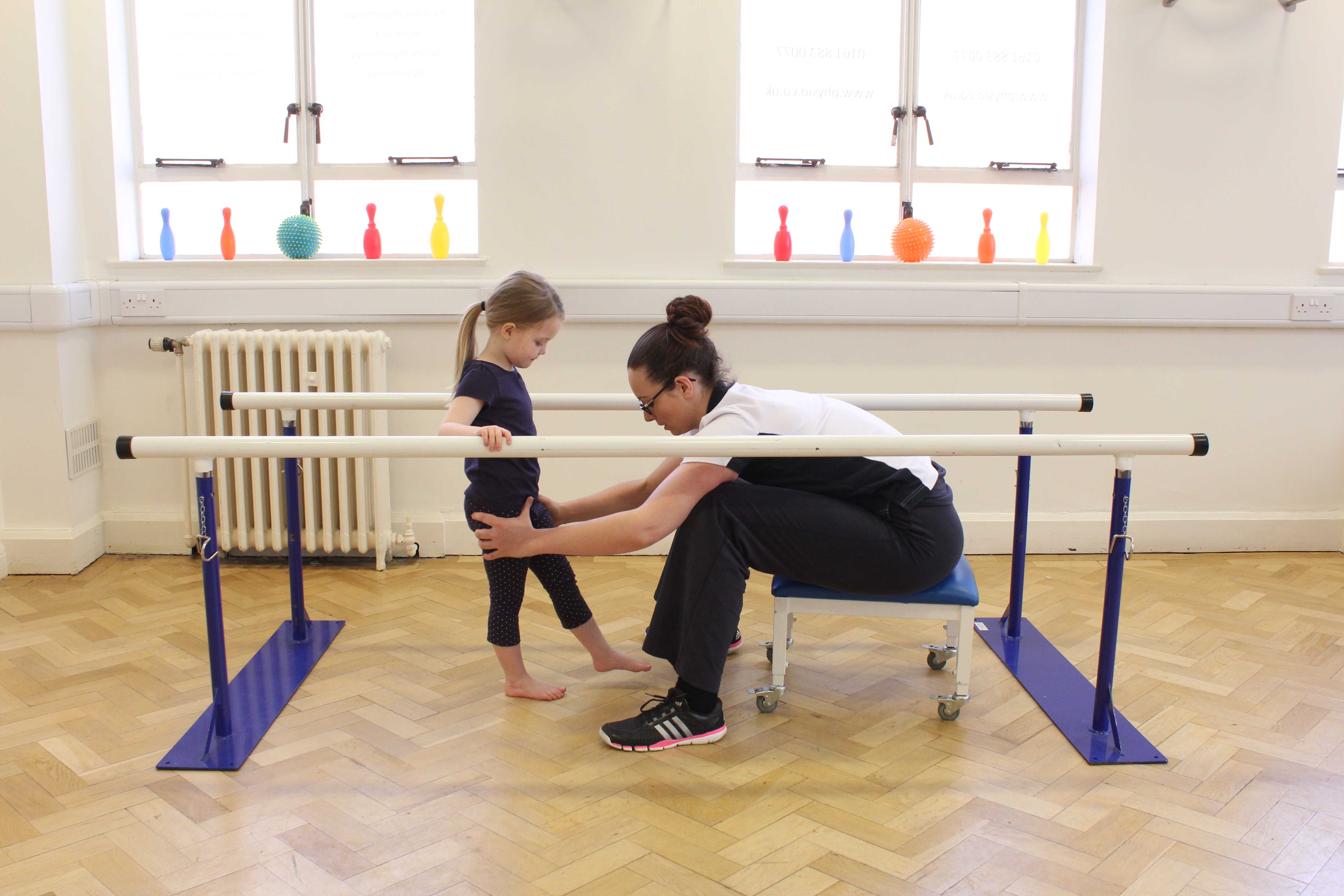
Gait Training - Paediatric Physiotherapy - Treatments - Physio.co.uk

Gait Training Exercises - YouTube
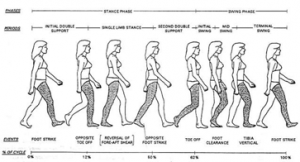
Gait Training in Stroke - Physiopedia
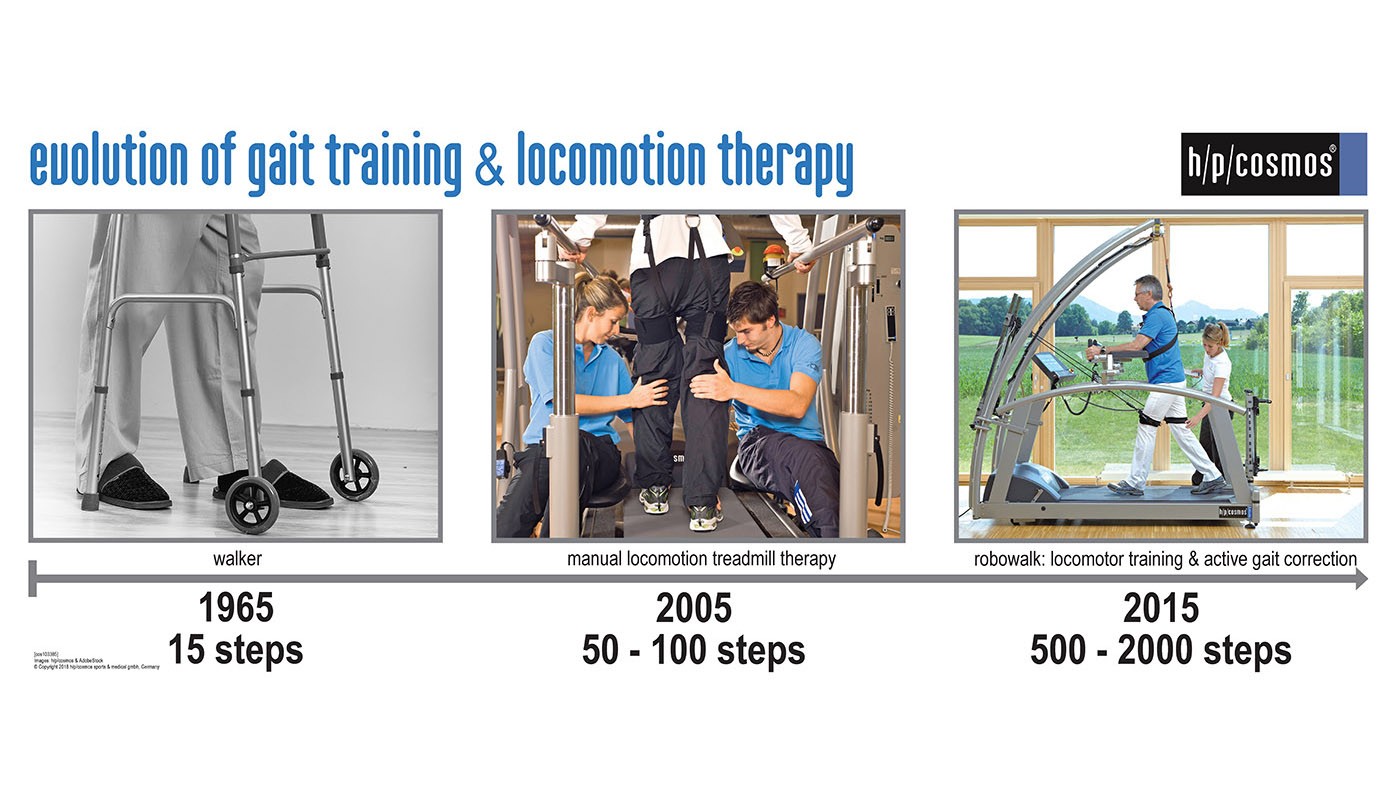
Neurological gait therapy / gait training | h/p/cosmos
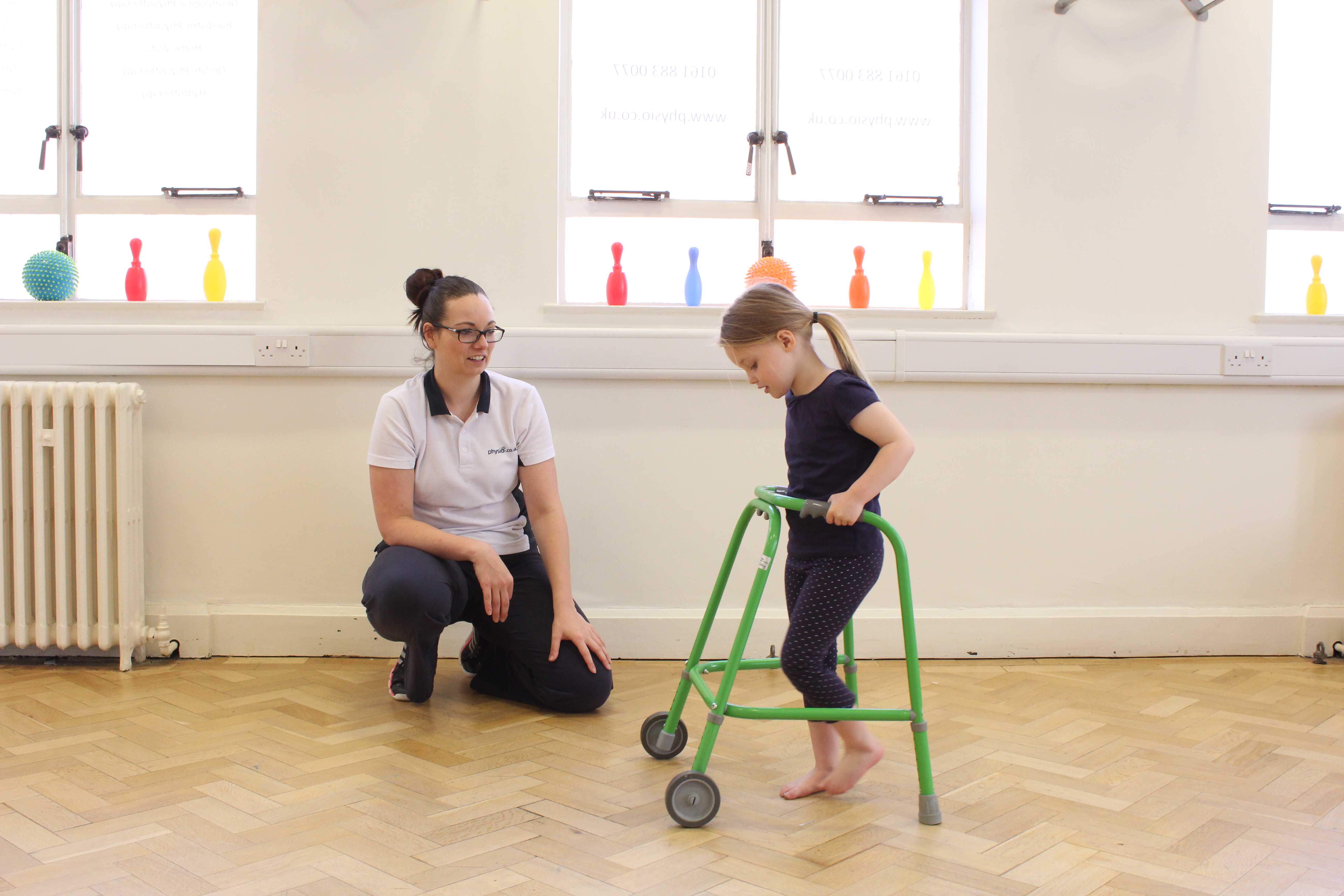
Gait Training - Paediatric Physiotherapy - Treatments - Physio.co.uk
Gait-Training with Augmented Reality - The GASPAR Trial | Augmented Reality in Medicine
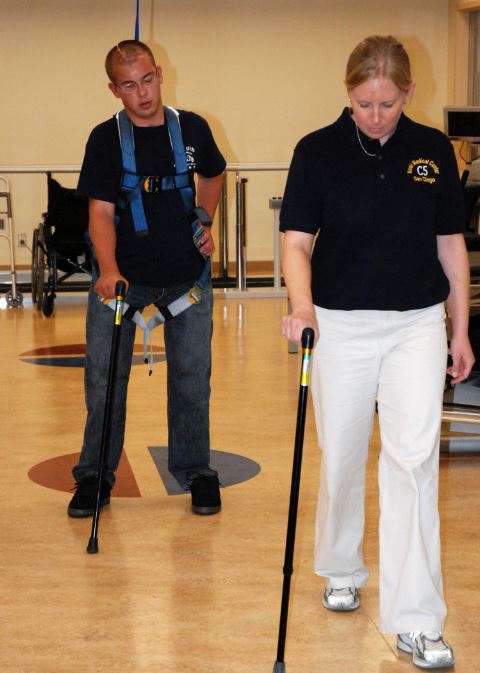
What is gait training? - Park Physical Therapy

Gait Training with Body Weight Support Therapy – LL Corpus Cogere, Inc.
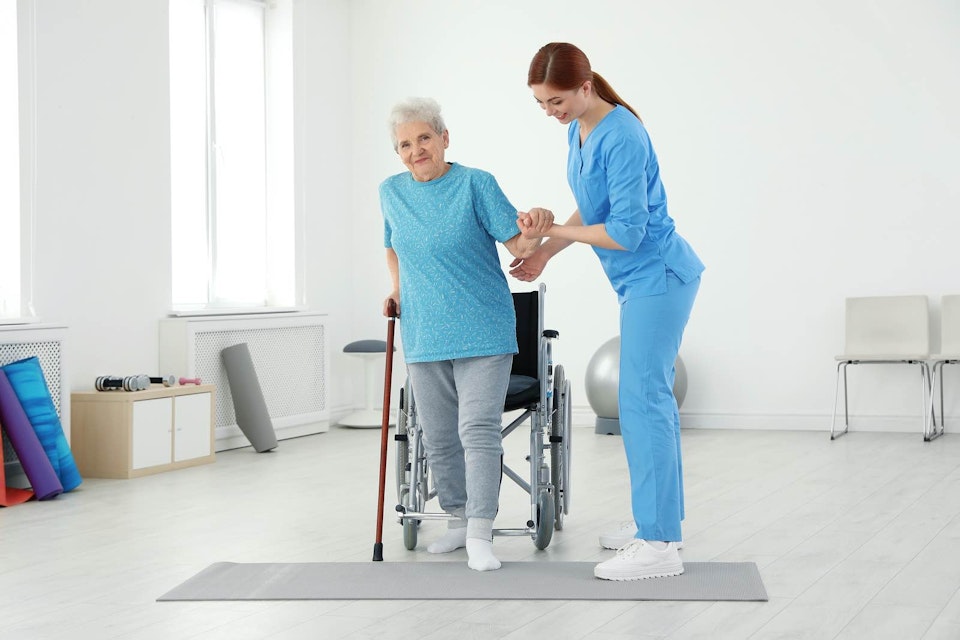
Walking Aids - Physiopedia
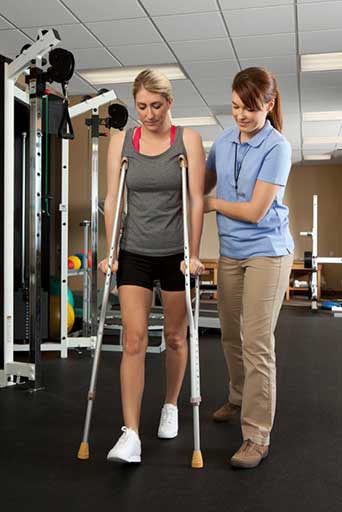
Gait Training - Vargo Physical Therapy

Gait Training & Balance Disorder! Gait training helps strengthen muscles & joints, improves balance & posture an… | Gait training, Physical therapy, Improve balance
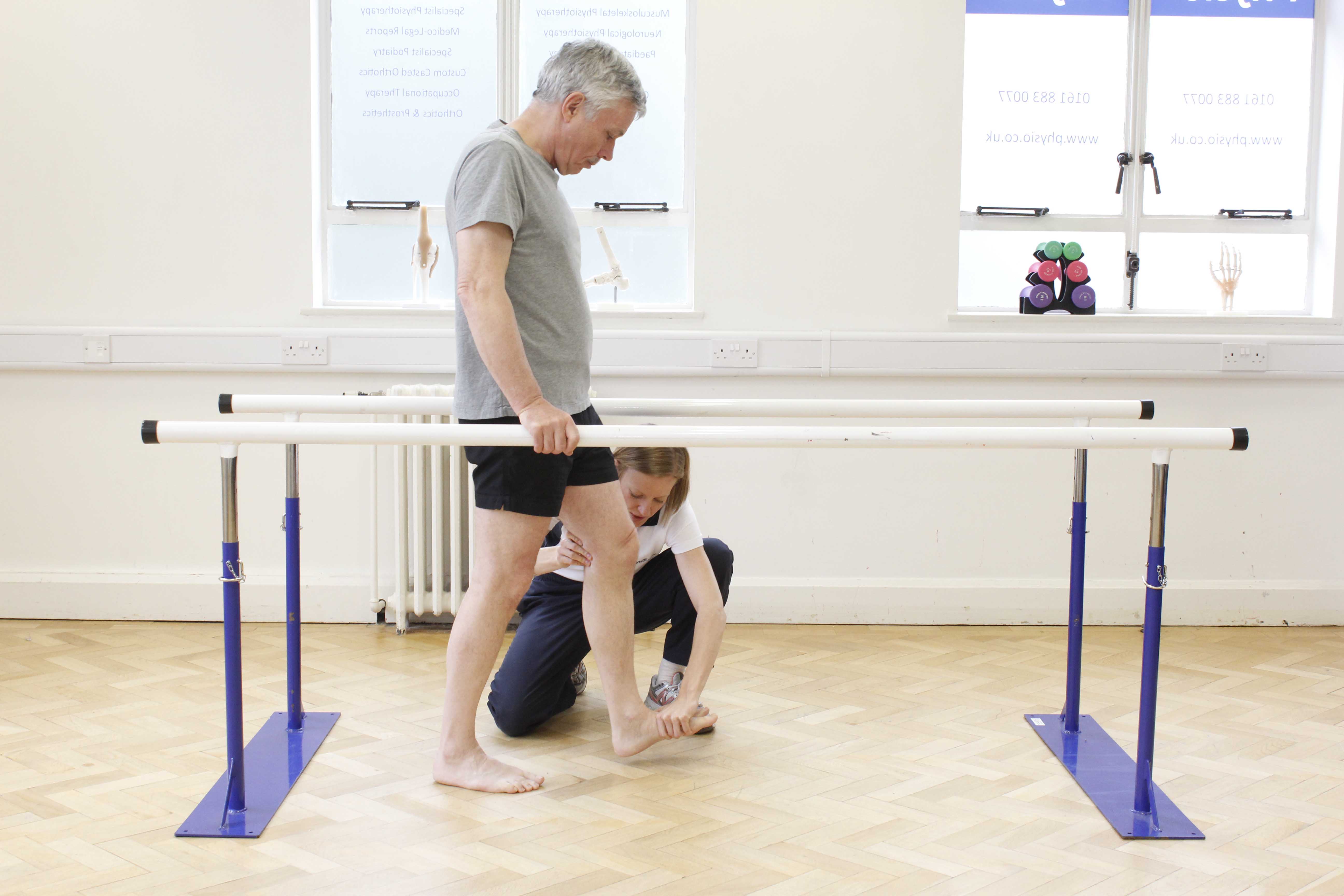
Gait Re Education - Neurological Rehabilitation - Treatments - Physio.co.uk
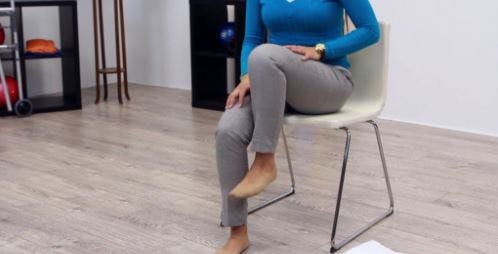
Gait Training Exercises for Stroke Patients (& Other Rehab Methods)
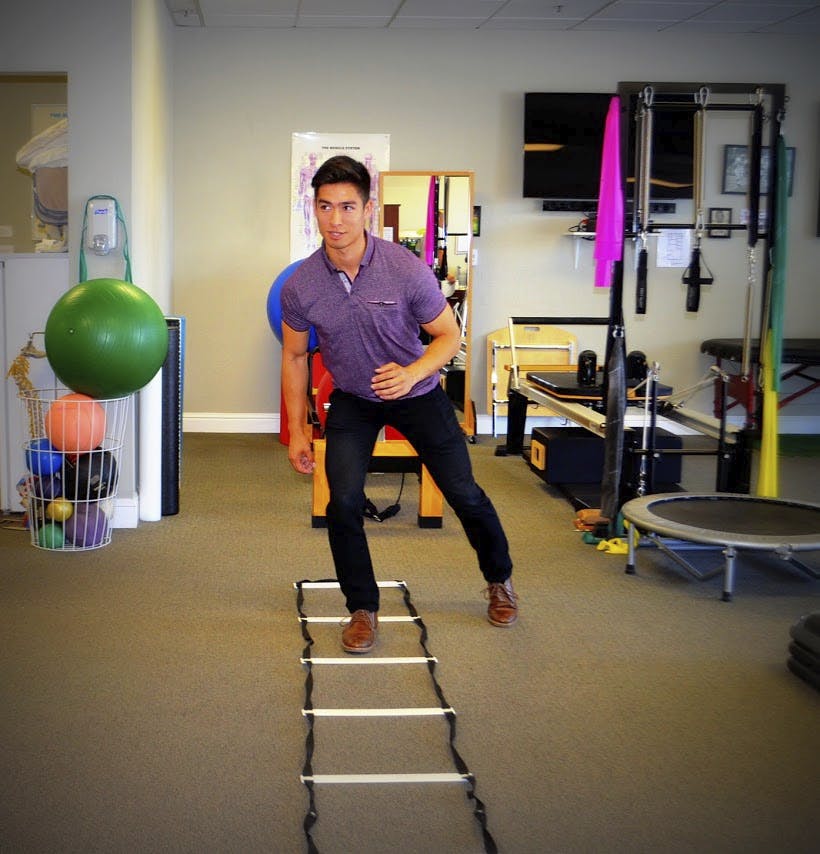
Gait Training | Broberg Physical Therapy | San Jose, CA
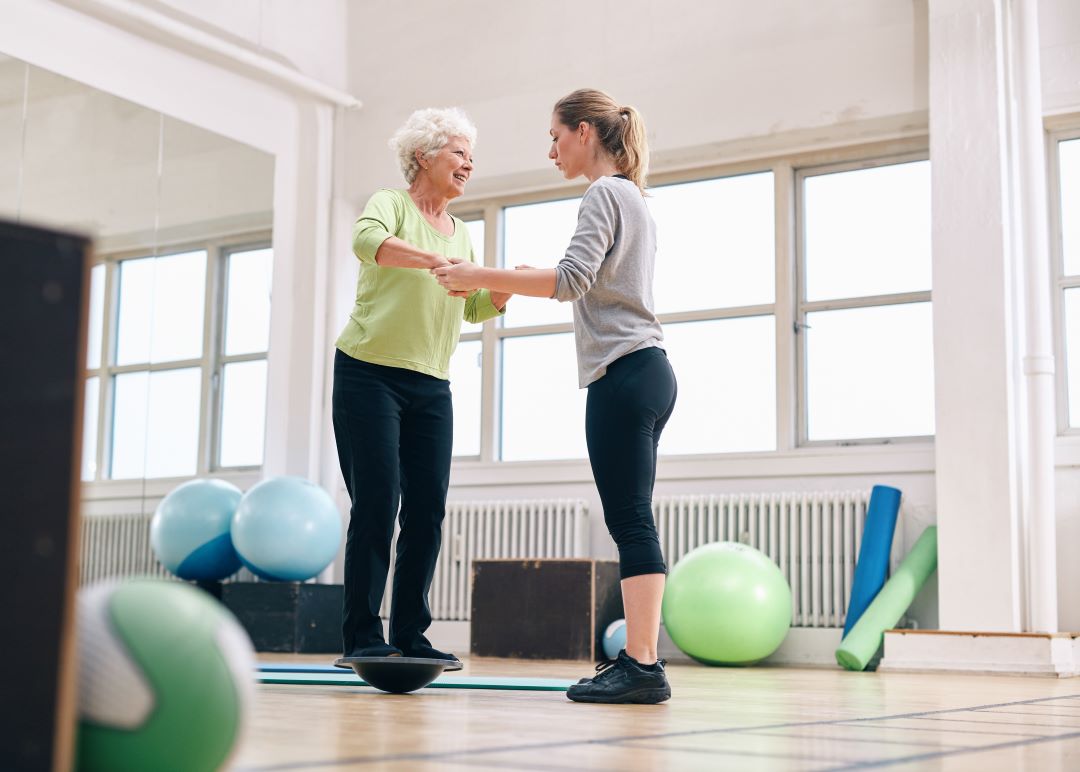
What Are Balance and Gait Training Exercises?

Prosthetic gait training - Walking on level ground (1) | Ottobock - YouTube

Gait Training-Top Geriatric Rehabilitation Services-Columbia, Fulton, Clarksville, MD — Best Orthopedic / Geriatric / Pelvic Health / Geriatric Rehabilitation AAA Physical Therapy in Columbia, MD 21044 21045 21046

Robotic gait training doesn't wow young patients with CP | Lower Extremity Review Magazine

Balance & Gait Training Portland & Winchester, IN - Adams PT
Mobility & Gait Training Services in Kingston, Best Mobility & Gait Training Services in Kingston | Repute Health
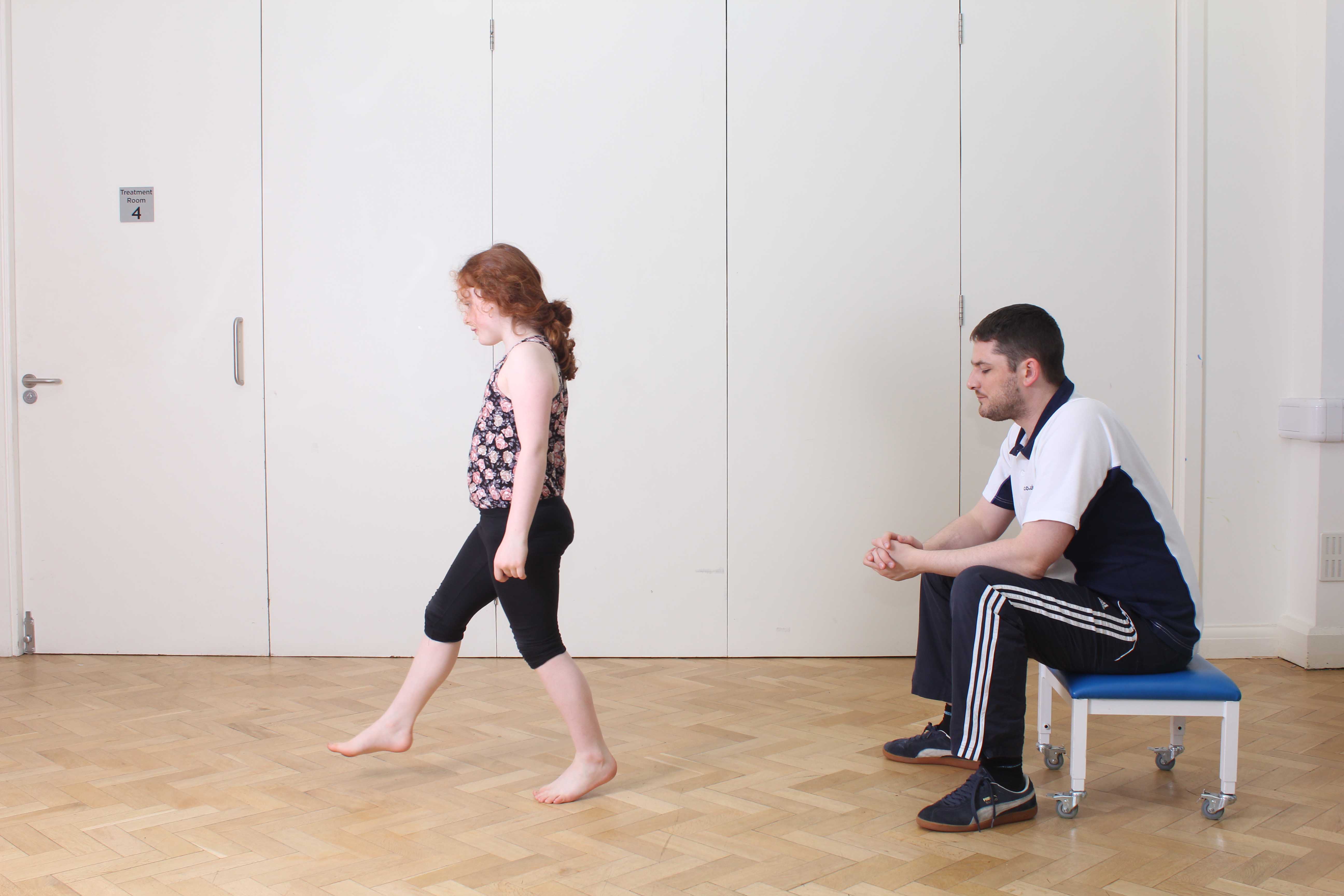
Gait Training - Paediatric Physiotherapy - Treatments - Physio.co.uk

Piloting a Powered Exoskeleton for Gait Training in Multiple Sclerosis – Consult QD

A New Way to Gait Train - New Mobility
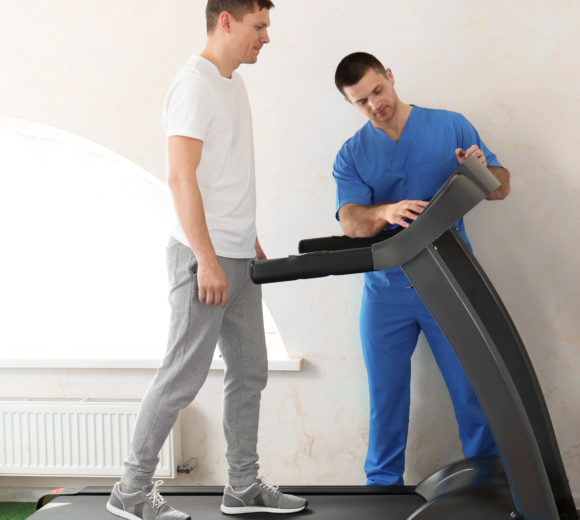
Gait Training Near Me | South Denver | Physical Therapy Of The Rockies

Rifton | Clinical Progression- Moving From the Treadmill to Overground Ambulation in Rehab
Gait Training: A Quick Guide for Family Caregivers
Gait Training "BIOKINEKT"

What Are Some Exercises For Gait Training - ExerciseWalls
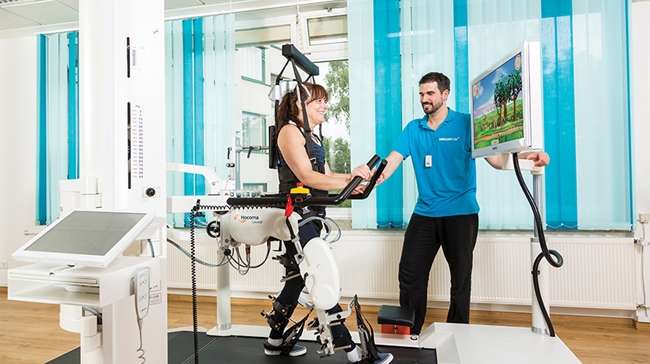
Lokomat: Hocoma's Robotic Gait Trainer - Fitness Gaming
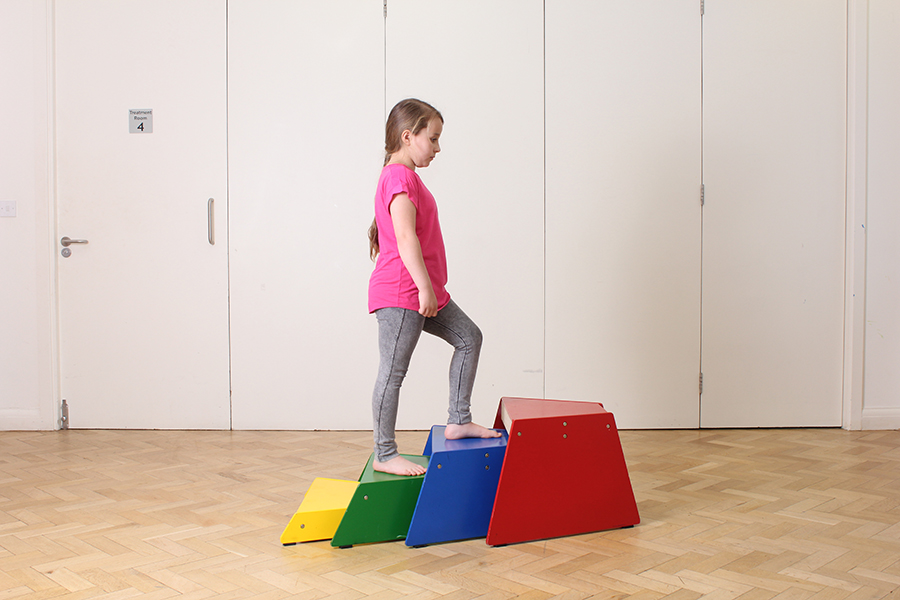
Gait training for children | Paediatric podiatry | Treatments | Chiropody.co.uk | Leading chiropodist & Podiatrists in Manchester and Liverpool

Gait Training | Parkinson's Disease Rehabilitation Institute | Gait training, Physical therapy assistant, Parkinsons disease

Robot-assisted gait training - ScienceDirect

Prosthetic gait training - From the parallel bars to free walking | Ottobock - YouTube

Why is Gait Training Important? - Creative Technology Orthotic & Prosthetic

Balance and Gait Training Simcoe and Brantford, ON - South Coast PT
Posting Komentar untuk "what is gait training"